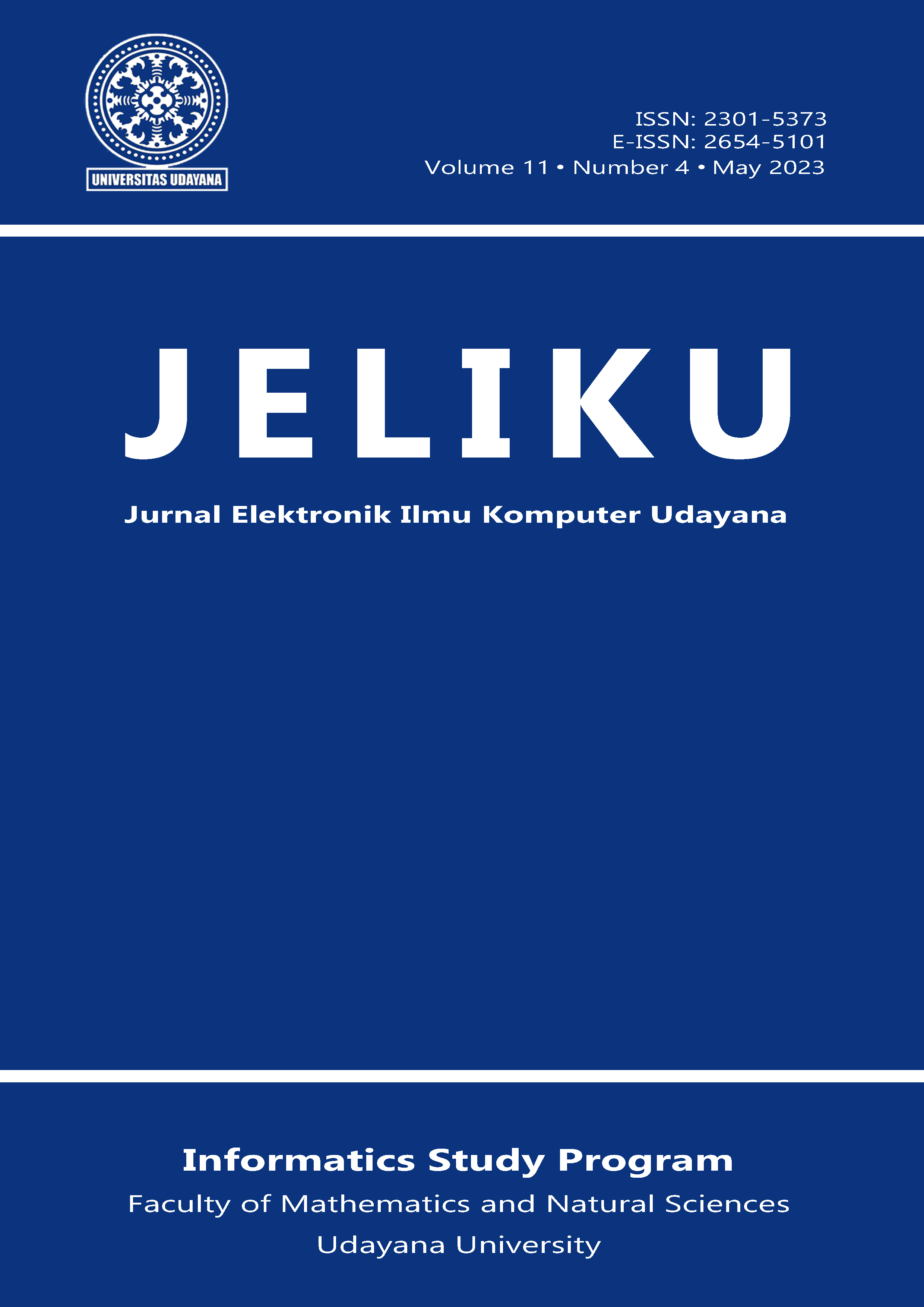Sistem Pendeteksian Penyakit Jantung Koroner dengan Algoritma Random Forest
Abstract
Nowadays, there are many problems with diseases especially for internal diseases. One of the internal diseases that can affect human vital organs is coronary heart disease. Coronary heart disease is caused by excessive accumulation of fatty substances in the lining of the pulse wall of coronary vessels, and this over time is followed by various processes such as the accumulation of connective tissue, capsulation, blood clotting, which will clog blood vessels and result in the heart lacking blood. Of course, this is very dangerous for health and needs to be considered. Therefore, this study aims to build a Machine Learning system, which is built using the Random Forest algorithm which can aim to predict or detect coroner's heart disease earlier so that it can provide fast and accurate treatment for those detected by this disease. The results of this study are in the form of an evaluation of the system that states that the accuracy of the system reaches 91%, then training score and cross validation which has an upward curve which means that the system learns from the data well and also the confusion matrix value which provides a high calculation of prediction correctness compared to the calculation of prediction errors, which are 24: 4 All these results are said to be good and the system is ready to be used to detect coronary heart disease.
Keywords: Heart Disease, Detect, Predict, Random Forest, Machine Learning






